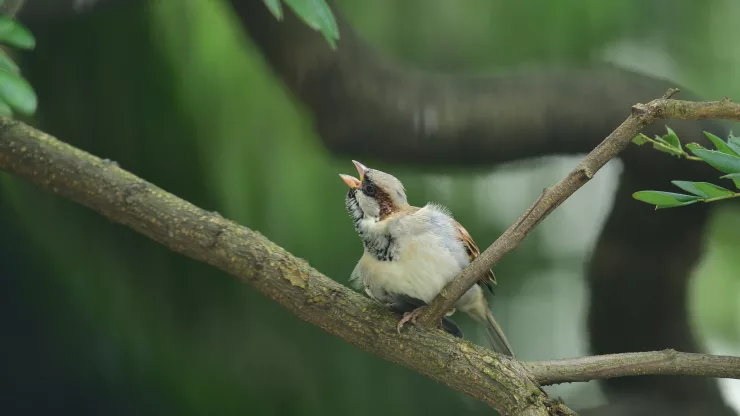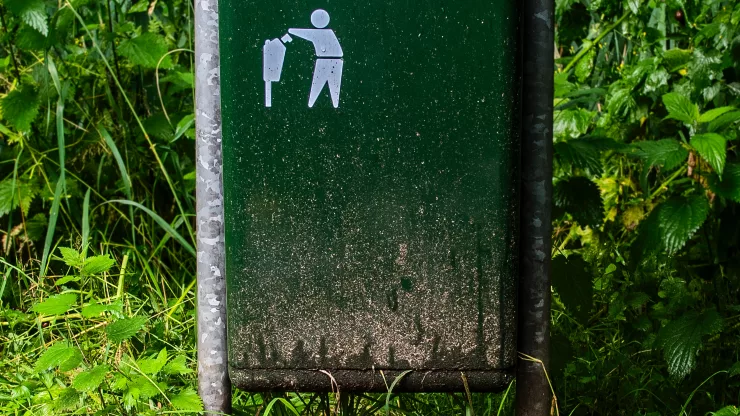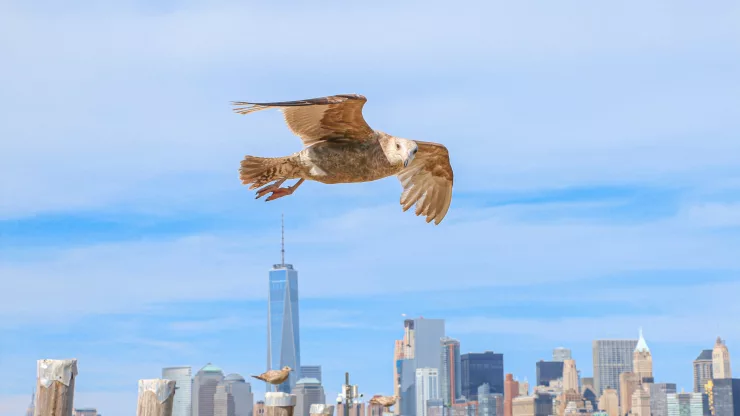Urban wildlife is a fascinating and often overlooked aspect of city life.
From the colorful birds that flit about in parks to the cunning coyotes that roam the streets at night, the diversity of urban wildlife is both surprising and remarkable.
In this article, we’ll explore the many faces of urban wildlife, the benefits and challenges of living with these creatures, and the importance of protecting and preserving their habitats.
Jump to Section
Exploring the Surprising Diversity of Urban Wildlife
Introduction: The Fascinating World of Urban Wildlife
Many people assume that wildlife is only found in rural areas, but the truth is that cities are home to a wide variety of creatures.
While some animals have adapted to city life over time, others have been forced into urban areas due to habitat loss and other environmental factors.
Despite the challenges of living in a concrete jungle, urban wildlife has found a way to thrive.
The Benefits and Challenges of Living with Urban Wildlife
The Positive Impact of Urban Wildlife on the Environment
Urban wildlife plays an important role in maintaining the ecological balance of cities.
For example, birds and bats help control insect populations, while bees and butterflies pollinate plants.
Additionally, the presence of wildlife can help improve air and water quality, as well as provide other ecological services.
The Challenges of Coexisting with Urban Wildlife
While urban wildlife can provide many benefits, there are also challenges to living alongside these creatures.
For example, some animals may cause damage to property or pose a threat to human health and safety.
Additionally, conflicts can arise between different species, such as when predators hunt prey in residential areas.
The Many Faces of Urban Wildlife
Birds: The Colorful and Chirpy Inhabitants of the City
Birds are some of the most common and beloved urban wildlife.
From pigeons and sparrows to hawks and eagles, birds can be found in nearly every corner of the city.
In addition to providing aesthetic value, birds also play important ecological roles, such as pollination and pest control.
Mammals: From Cute Squirrels to Cunning Coyotes
Mammals are another common type of urban wildlife.
While many people are familiar with squirrels and raccoons, other mammals such as coyotes, foxes, and even deer can also be found in some cities.
While some mammals can cause damage or pose a threat to human health, they also provide important ecological services and add to the biodiversity of urban areas.
Reptiles and Amphibians: The Often Overlooked Urban Dwellers
While reptiles and amphibians may not be as visible as birds or mammals, they still play important roles in urban ecosystems.
For example, snakes and lizards help control rodent populations, while frogs and toads eat insects and provide food for other animals.
However, many reptiles and amphibians are threatened by habitat loss and pollution, making it important to protect their habitats.
Insects and Arachnids: The Creepy Crawlies of the Concrete Jungle
Insects and arachnids may not be everyone’s favorite type of wildlife, but they play important ecological roles in cities.
For example, bees and butterflies pollinate plants, while spiders help control insect populations.
However, some insects and arachnids can also pose a threat to human health, making it important to take precautions when interacting with them.
The Thriving Ecology of Urban Wildlife
Understanding the Food Chain in Urban Ecosystems
Urban ecosystems are complex webs of interactions between different species.
For example, birds may eat insects, while small mammals such as mice and rabbits may be preyed upon by larger animals like coyotes or foxes. Understanding these interactions is important for preserving the health of urban ecosystems.
The Role of Urban Parks and Green Spaces in Supporting Urban Wildlife
Urban parks and green spaces provide important habitats for urban wildlife.
By preserving and expanding these areas, cities can help ensure that wildlife has the resources it needs to thrive.
Additionally, planting native plants and trees can help attract and support a diversity of wildlife.
The Importance of Protecting and Preserving Urban Wildlife
The Need for Sustainable Urban Planning and Development
As cities continue to grow and expand, it is important to consider the impact of development on urban wildlife.
By incorporating sustainable practices into urban planning and development, cities can help minimize the negative impacts of growth on wildlife habitats.
The Benefits of Educating the Public about Urban Wildlife
Educating the public about urban wildlife is an important step in promoting coexistence between humans and animals.
By understanding the ecological roles of urban wildlife and taking steps to minimize conflicts, we can ensure that these creatures continue to thrive alongside us in our cities.
Embracing the Diversity of Urban Wildlife
Urban wildlife may be surprising and sometimes challenging, but it is also a source of fascination and wonder.
By embracing and protecting the diversity of creatures that call our cities home, we can create more livable and sustainable urban environments for all.
Frequently Asked Questions
What are some common types of urban wildlife?
Some common types of urban wildlife include birds such as pigeons and sparrows, mammals such as squirrels and raccoons, reptiles and amphibians such as snakes and frogs, and insects and arachnids such as bees and spiders.
How can I coexist with urban wildlife?
To coexist with urban wildlife, it is important to understand the ecological roles of different species and take steps to minimize conflicts.
This can include properly storing food and garbage to avoid attracting animals, not feeding wildlife, and being aware of safety precautions when interacting with certain animals.
Why is it important to protect and preserve urban wildlife?
Protecting and preserving urban wildlife is important for maintaining the ecological balance of cities and promoting a healthy and sustainable environment for all.
Additionally, many species of urban wildlife are threatened by habitat loss and other environmental factors, making it crucial to take steps to protect their habitats.
I’m a nature enthusiast and creator of Metro Wilds and have spent years exploring the great outdoors.
With a passion for environmental conservation and sustainability, I have dedicated my career to writing about the beauty and wonders of nature, as well as the threats facing our planet.
Contact me at [email protected] for assistance.





